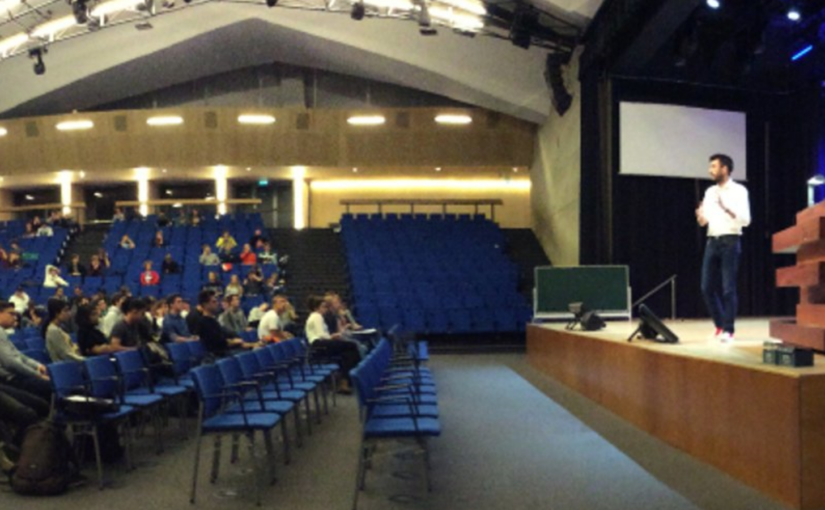Recently I was interviewed – kinda – about what changes I made to my teaching during the whole Covid mess. It was fun (I like to talk), but I left with a nagging feeling that I didn’t really answer properly, that I gave bad advice, and that I had described and discussed my practice dishonestly somehow, but I couldn’t put my finger on it.
The questions were about learning activities, tools, student engagement, and social aspects. For each of these four, I was asked the same things: what did you change? What do you intend to keep going forward? What advice would you give other teachers about this?
Thinking back, I realize these questions framed the conversation completely in terms of what I as the teacher did to shape the course. It appears the assumption – mine and/or the interviewers’ – was that I was the sole designer and actor in the situation. As the teacher, I am assumed to have all the power, to set the tasks, to organize the social aspects around the course, and to engage students.
Especially the conversation about ‘student engagement’ bugs me more and more, because it casts students in such a passive role. OK, they might be ‘engaged’ by questions, activities, and a lively teacher, but fundamentally they are talked about as the object of a teacher’s actions, not as subjects themselves.
Whereas one of the things I think I do to ‘engage’ students is to actually be interested in what they have to say and contribute, and to let that guide the session and shape the course. With a course of any size, that can be super difficult, and it can be as small as changing the background music for breaks based on what they say would be nice, but still. Even putting a student-made sticker on the wall behind you when you’re on-camera during lectures is a way of making the space a little bit theirs, instead of just mine.
That feels more like inclusion than it does ‘engagement’.
Teaching is not something you do to students, or with them in the same sense as you draw things with a pencil, but it’s a situation, a relationship you enter into together.
I feel that this way of framing it would have led me to discuss things differently than questions based on a more hierarchical, directive model.
